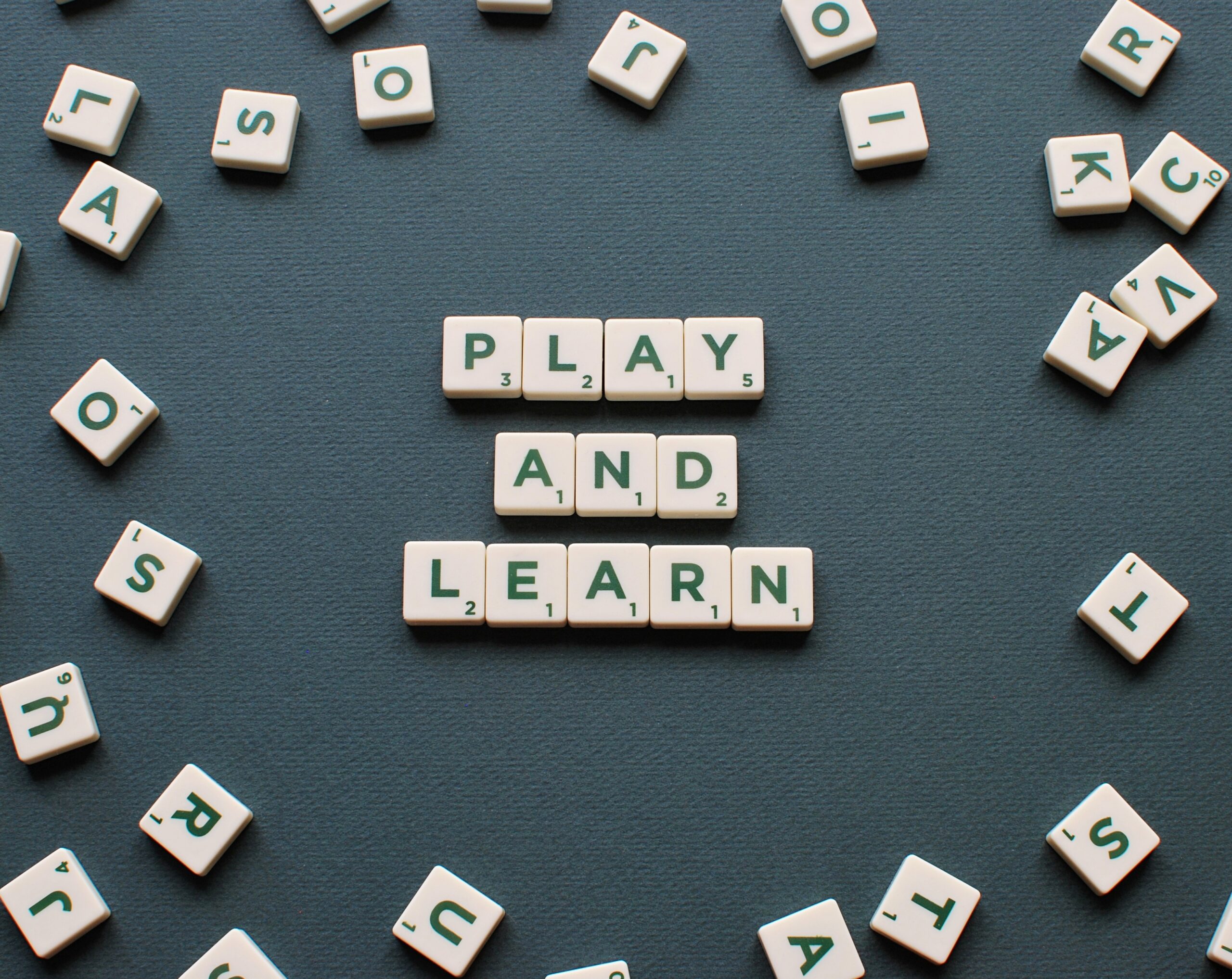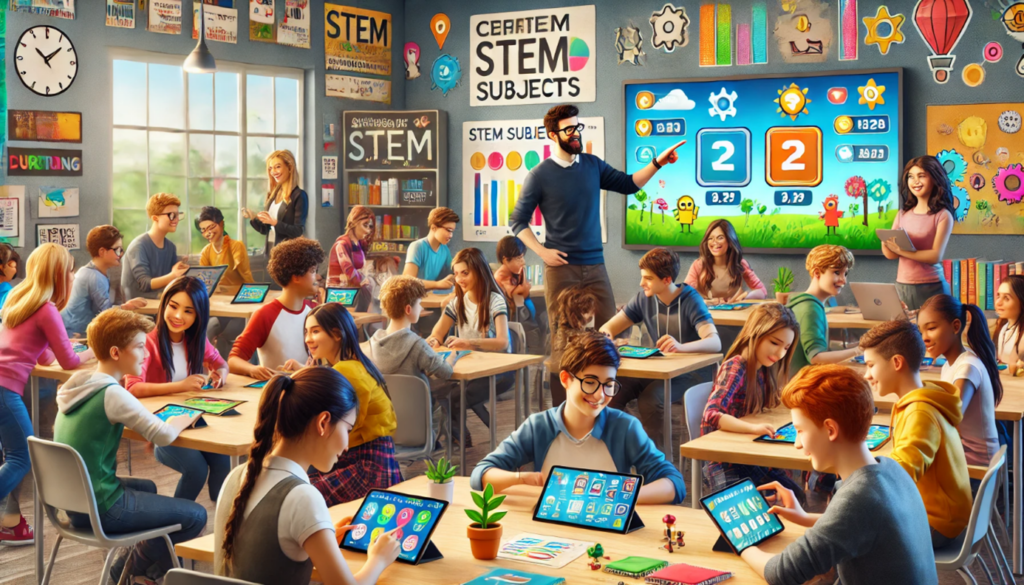
Learning Through Play: How Free Play and SOLIDWORKS Apps for Kids Can Inspire Creativity and Confidence
In education, the importance of play in child development cannot be overstated. Especially for younger learners, free play is an essential element that allows them to explore, experiment, and make mistakes without the pressure of a final result. This freedom nurtures creativity, problem-solving skills, and resilience—qualities that help children in the classroom and in life.
The Power of Free Play in Learning
Many educators and psychologists champion free play because it encourages self-directed learning. Children who engage in free play can explore their ideas, test boundaries, and learn from their mistakes in a low-pressure environment. No rules are set in stone, no fear of getting the “wrong” answer, and no rigid structure forcing them down a single path. This form of play promotes:
- Creative expression: Children can bring their imagination to life without limitations.
- Emotional resilience: Making mistakes in a playful context helps children learn that failure is just part of the journey.
- Cognitive flexibility: Children are encouraged to approach problems from different angles and think outside the box.
These benefits directly impact their ability to learn and grow, making “free play” a fundamental building block for successful education.
How SOLIDWORKS Apps for Kids Supports Free Play
Enter SOLIDWORKS Apps for Kids Classroom (AFK), a platform that takes the educational benefits of free play and applies them to STEM learning. AFK encourages students to explore their creativity in a risk-free environment with no wrong answers—just new ways to improve and adapt their designs. Much like the free play encouraged by leading pedagogues, AFK allows students to:
- Experiment with their ideas without the pressure of getting things perfect the first time.
- Iterate on their creations, improving and adjusting to align with their visions better.
- Gain confidence in their problem-solving abilities, knowing there’s no penalty for failure, only opportunities to learn.
Whether they are sketching, designing, or engineering, children using AFK can explore their creative and adventurous sides, making it a tool that not only teaches STEM concepts but also cultivates a passion for exploration. In a classroom setting, AFK can help students who may not excel in traditional subjects shine in creative and hands-on activities.
From Free Play to Gamification: A Balanced Approach to Learning

While free play nurtures creativity and confidence, gamification introduces an engaging layer of competition that motivates students to participate and push their limits. Gamification integrates game-like elements such as points, badges, and challenges, driving students to stay active and engaged in their learning journey.
In the classroom, incorporating gamified activities into SOLIDWORKS Apps for Kids can enhance the learning experience by blending playful exploration with structured goals. Here are a few examples:
- Design Challenges: Teachers can create tasks like designing functional 3D models or solving real-world engineering problems, awarding points for creativity, functionality, and problem-solving.
- Team Competitions: Encourage collaboration through team-based challenges where students work together to achieve a common objective, mixing competitive and cooperative learning dynamics.
By combining free play and gamification, educators can craft a dynamic learning environment catering to diverse student interests. Creative explorers can delve into free play, while those driven by competition can engage in challenges—all while learning essential STEM concepts through play.
Strategies to Gamify STEM Lessons
Here are some practical ways to bring gamification into your classroom:
- Game-Based Learning Platforms
Leverage platforms like Kahoot! or Quizizz to create class-wide quizzes and challenges that encourage competition and collaboration. These platforms turn traditional assessments into fun, interactive learning experiences. - Project-Based Learning with a Competitive Edge
Introduce project-based learning but enhance it with game elements. For example, set a classroom “challenge” where students must design a solution to a real-world problem. Points and rewards can be given for creativity, teamwork, and problem-solving. - Using SOLIDWORKS Apps for Kids
One of the most exciting ways to gamify STEM education is by utilizing SOLIDWORKS Apps for Kids. This platform allows students to explore design and engineering in a playful, interactive way. Here’s how to make the most of it:- 3D Design Competitions: Encourage students to create models, like toys or structures, and present their designs. They can explain their process and the engineering principles behind their work.
- Build and Test Challenges: Use the “Print It” app to let students construct virtual models and test their functionality, promoting hands-on experimentation and iterative learning—key concepts in engineering.
- Collaborative Projects: Have students work in teams to solve design challenges using AFK, encouraging teamwork and shared creativity.
- STEM Showcases: Organize a “STEM Showcase” where students can display their projects. Gamify the event by allowing peers to vote for their favorite designs, fostering a sense of community and recognition.
The Future of Learning Through Play
SOLIDWORKS Apps for Kids embodies the principles of free play while offering opportunities for gamification. It provides a flexible platform for educators to diversify classroom activities and ensure every student finds joy in learning, whether through independent exploration or friendly competition.
As educational tools evolve, it’s crucial to maintain this balance between creativity and structure, allowing students to discover their strengths and interests while having fun. After all, the best learning happens when it doesn’t feel like work—it feels like play.
Back to Blog
